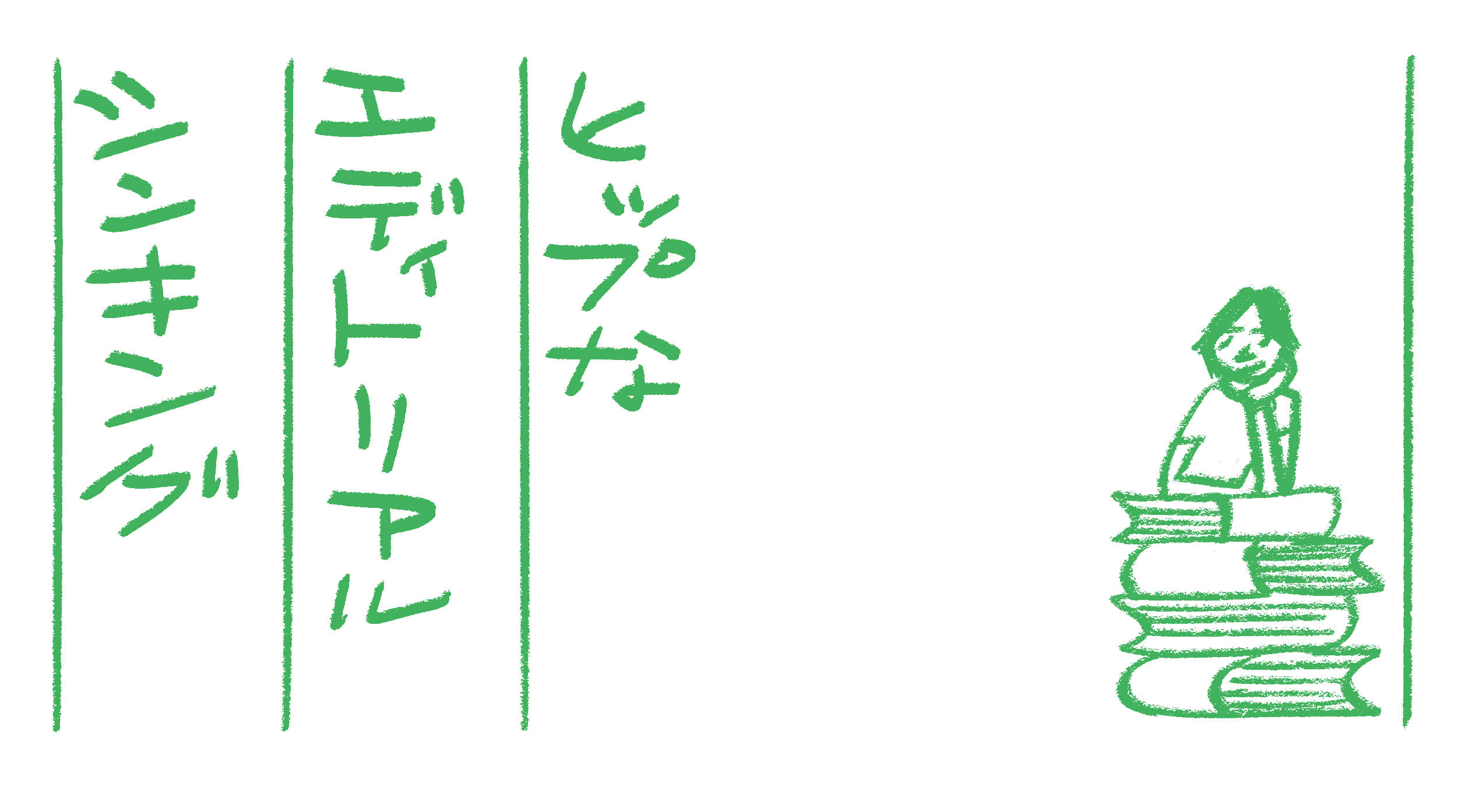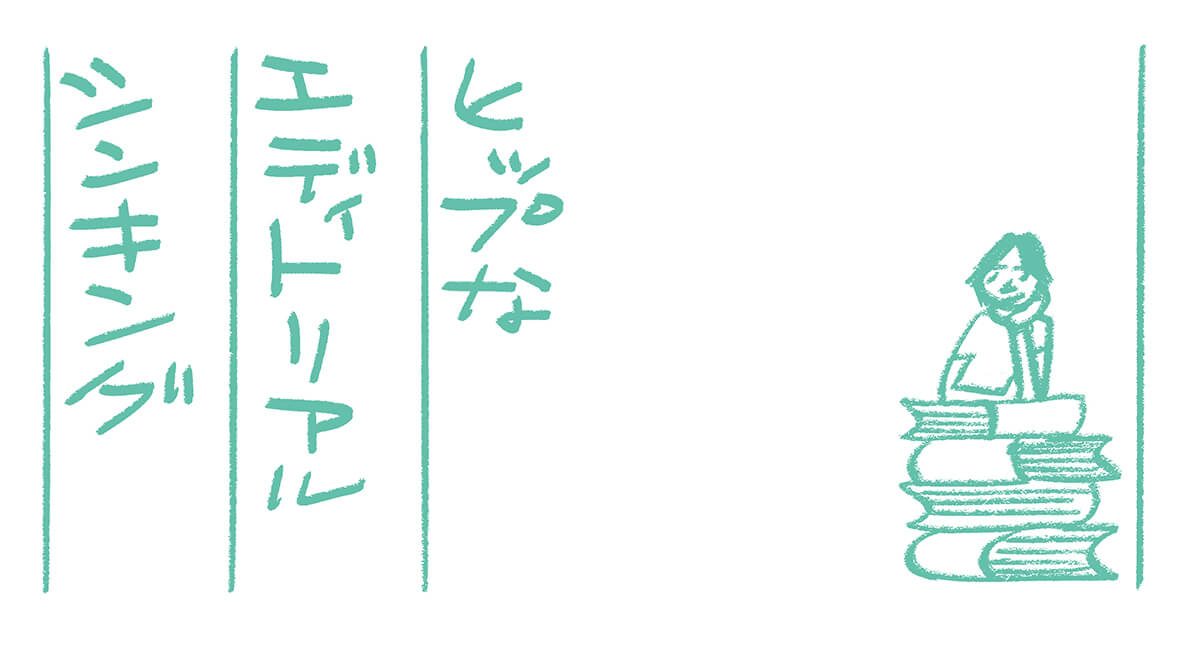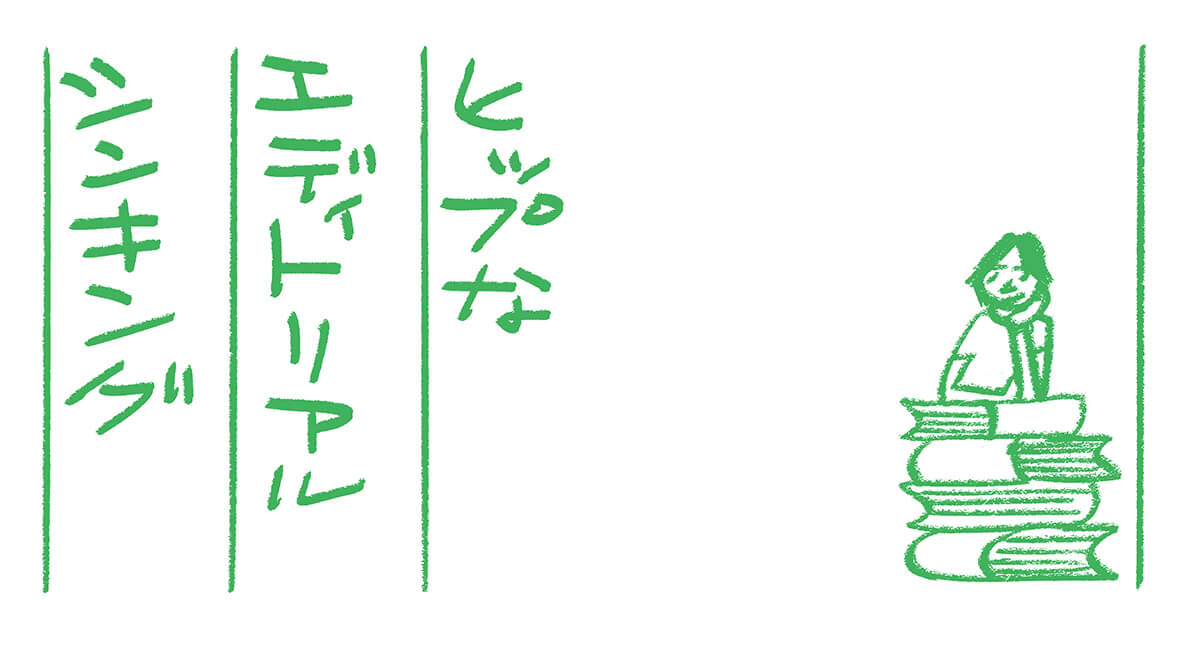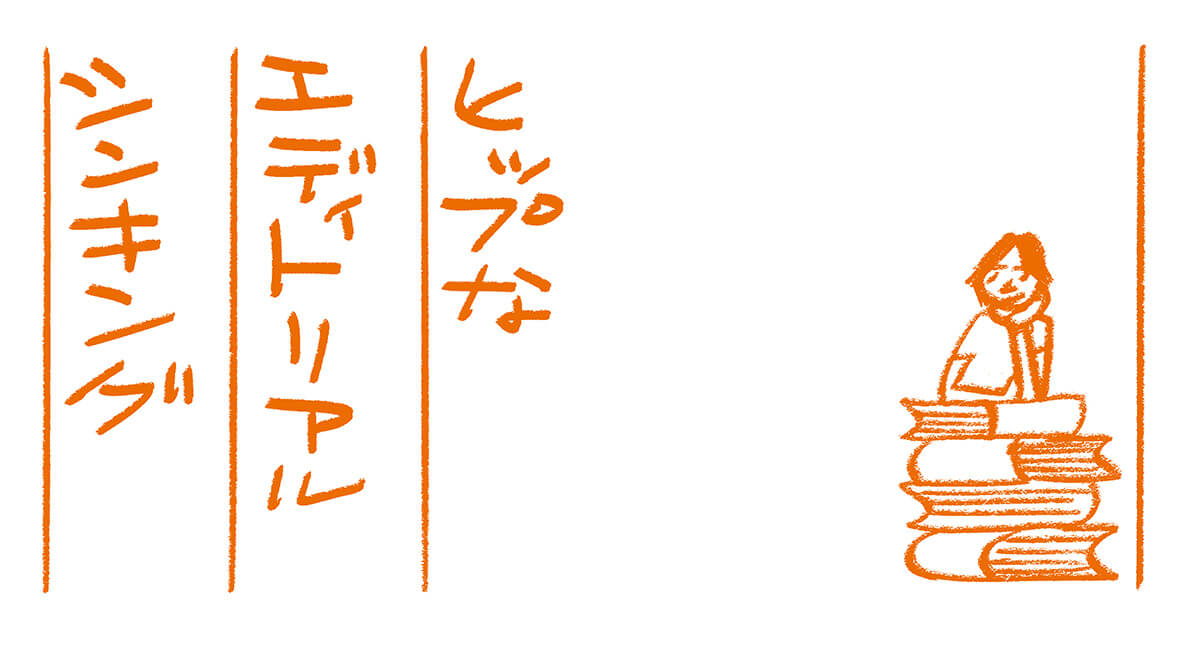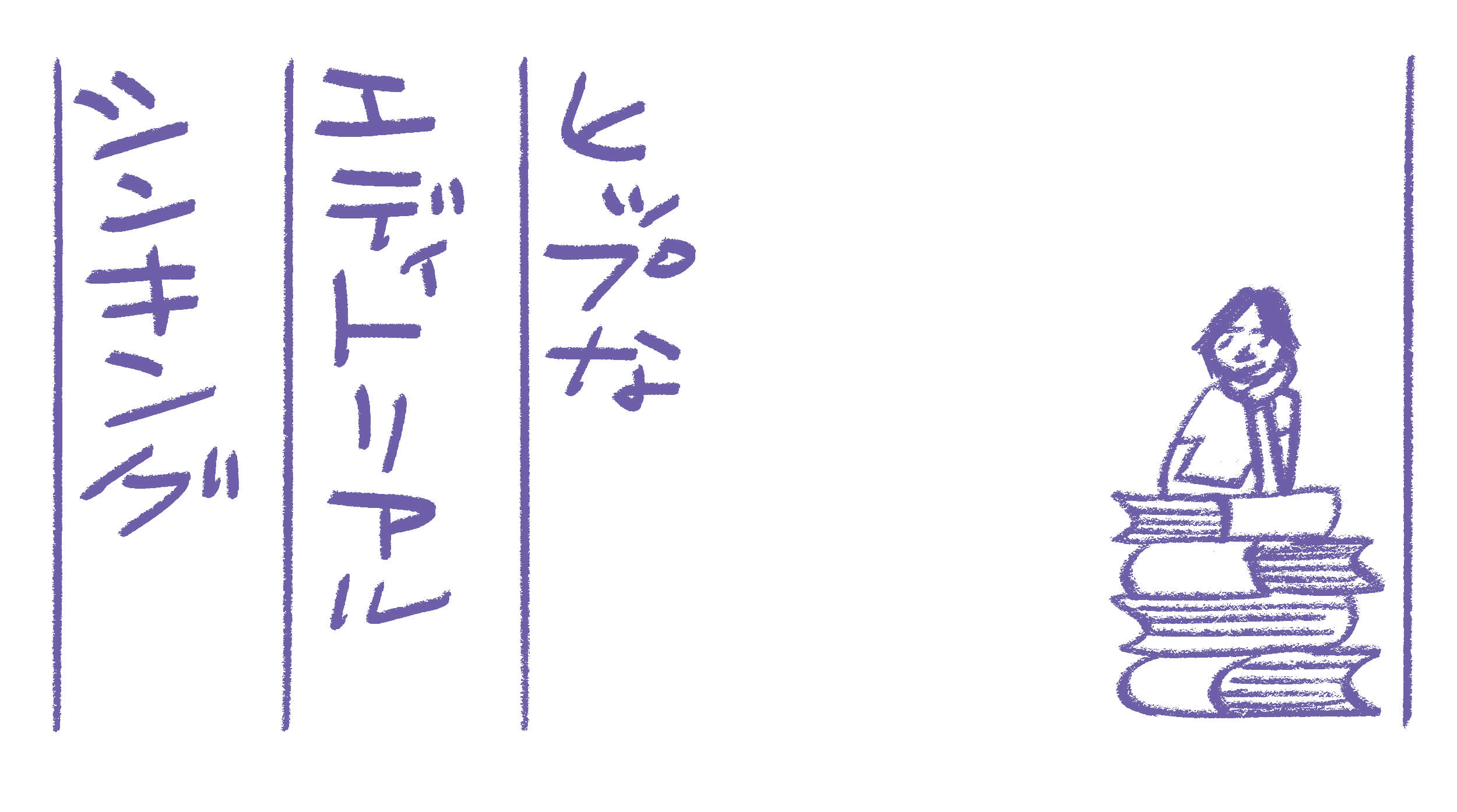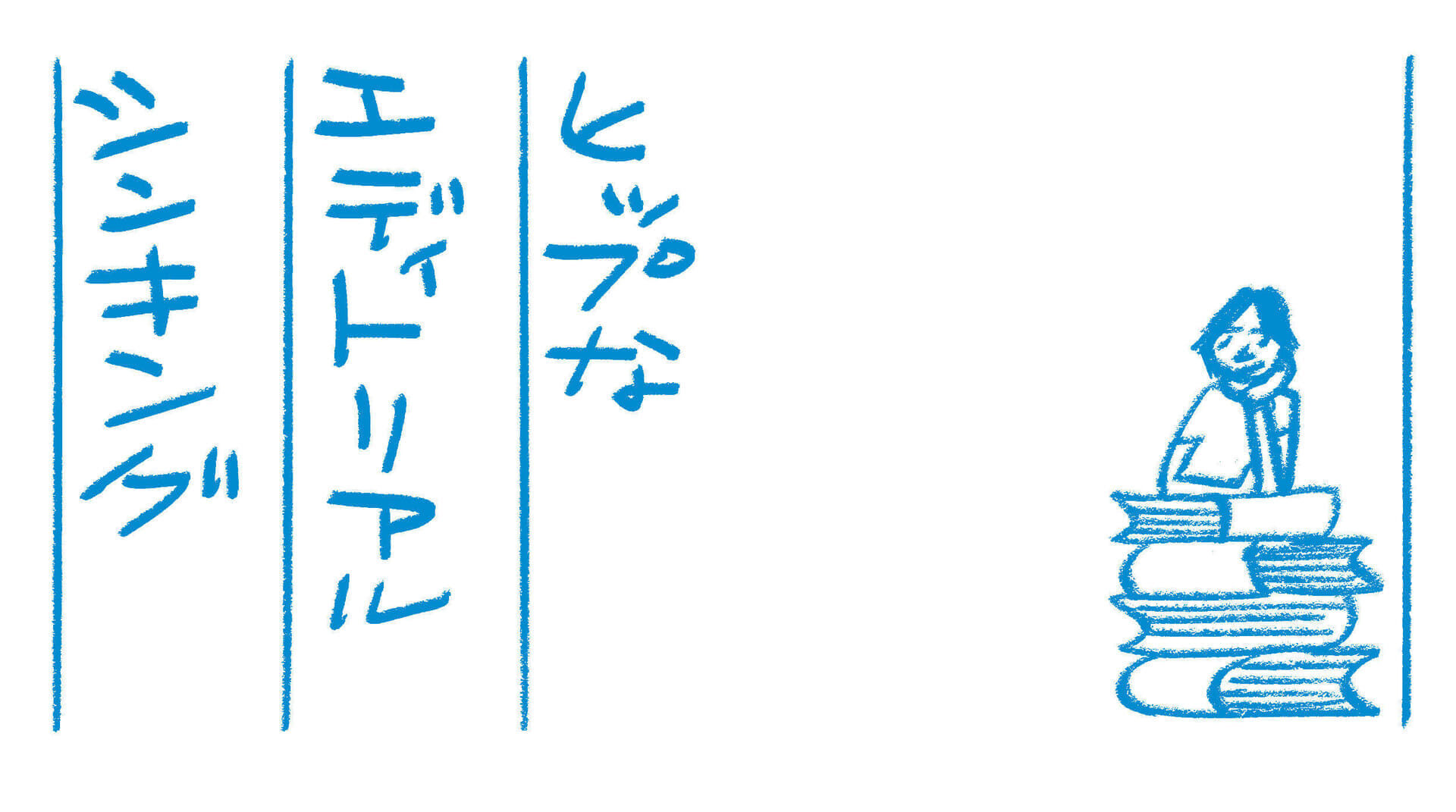10thLet's have a sense of the market.
The Nikkei Shimbun recently carried an article titled "Emergency Declaration Lifted, But Why Recovery in Consumer Spending Still Slowing. One of the reasons given for the lack of growth in consumption is that business demand has decreased due to remote work.
The majority of Shinkansen users are on business trips and other business purposes. However, online conferencing has put a halt to transportation use. In addition, inbound travel is declining. The argument is that business travel will be difficult, although there is a possibility that it may pick up in the future.
It is said that there is a commonly known "4-hour barrier" in transportation. It is said that this is the point at which passengers decide whether to use airplanes or railroads for their trips. It is true that when I travel to Osaka for business, I almost always choose the Shinkansen, but west of Okayama, I may choose to fly. Whether it is strictly four hours or not, everyone has that time barrier.
JR and the airlines are competing in these markets. And the conclusion that JR reached many years ago was the linear motor car. Research began in the 1960s and planning in the 1970s. For quite some time now, we have heard people talk about the "Tokyo-Osaka in hours" as if it were a dream. The completion of the project is scheduled for 2027 or later, which is a long time in the making.
However, from the perspective of those with normal market sense, this plan is quite unreasonable. As several experts have already mentioned before Corona, it is doubtful whether the project will be profitable or not. If the plan is to conduct research and development for technological development and sell them to foreign countries for a profit, that's fine, but what is the point of forcing the residents to move out, changing the topography, and creating all sorts of distortions? It is just like the Japanese military before and during the war. They can't stop or turn back because they are in love with sunk costs.
Then the corona attacked.
JR must have had no idea that ZOOM and Skype would become his competitors.
Rivals are in different industries.
Whether we like it or not, all industries have been thrown into the world of cross-fertilization by the development of technology.
It was Mr. Kutaragi of SONY who said, "The rival is the cell phone," before the launch of the PlayStation 3 in 1999. The reason was that "the greatest entertainment for people is communication," and it can be said that he predicted the current situation more than 20 years ago.
Whether or not SONY's current strong performance is the result of these words, I do not know, but it may be that this kind of foresight has contributed to the company's success.
Fashion, one of the means of self-expression, has been replaced by Instagram, demand for camping instead of overseas trips has led to increased sales of outdoor-related products, and competition is becoming more diverse, so companies that provide products and services are being thrown into a difficult environment.
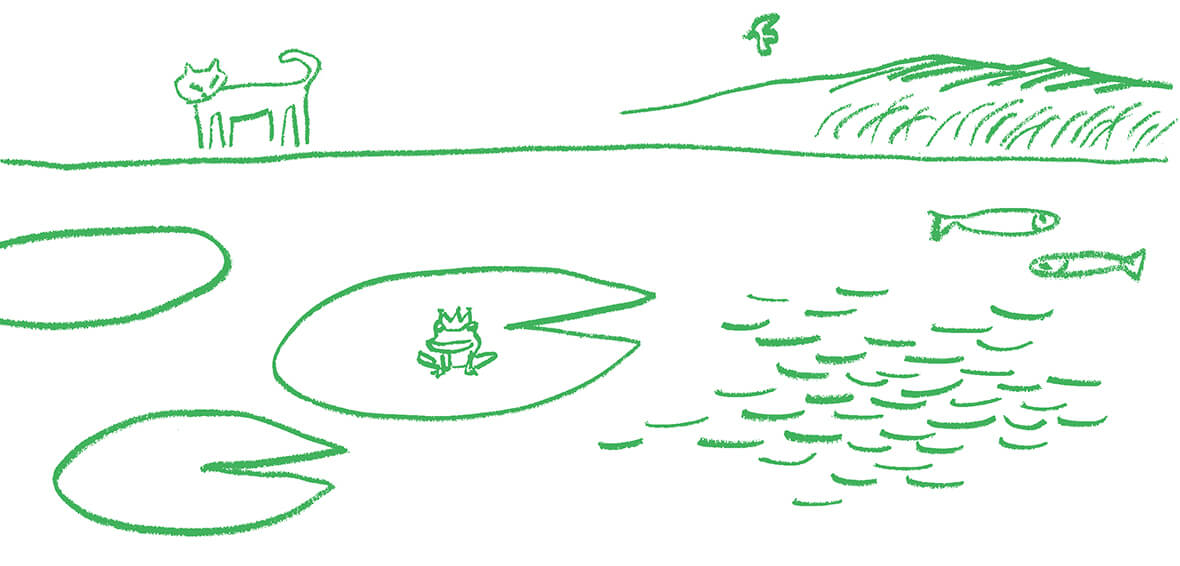
They are not only competing in the same pond, but also in nearby rivers, lakes, and oceans. Perhaps the competition is not only in the water, but also in the land.
The declaration of a state of emergency in Corona forced restaurants around the world to restrict or ban in-store dining. In the United States, pizza sales have been tremendous. It is easy to transport, inexpensive, and loved by all.
Market sense is an eye for matching supply and demand. Anticipating that delivery will flourish in Corona, restaurant operators are turning to "ghost restaurants," opening successful kitchen-only establishments that offer multiple types of food, including Chinese, Japanese, and Mexican, in a single kitchen.
If we are not aware of how the market changes with social, economic, and technological developments, we will be left behind. The skilled ticket taker, the typist who can type 700 words in 10 minutes, and the pay phone are hardly needed today.
I always remind myself of this, even as I continue my business by shifting my focus from paper magazines to web magazines.
Where do people place "value"? Or do they find it?
Would you pay 100 yen for a coffee at a convenience store to open your computer at a Starbucks counter that costs many times as much?
Why do you drink $1500 coffee in a hotel lounge?
If you were going to open a coffee shop, this would be the first thing that would come to mind. That means being aware of the market. A good marketer may be able to find the right solution here.
Those who complain about why a canned coffee costs 500 yen at a mountain lodge have no sense of market.
It is important to always think with your mind why there is a line here and why there are so many sales, rather than simply hitting back the ball as it comes.
The editor's job is to gather and weave together the information that readers want. If that is not the case, there is no story to be told.
I am the type of person who pays 500 yen while complaining.
PROFILE

After working as a freelance editor, he founded Lino Inc., a production company that handles editing and production, etc. In 2004, he launched HOUYHNHNM.


